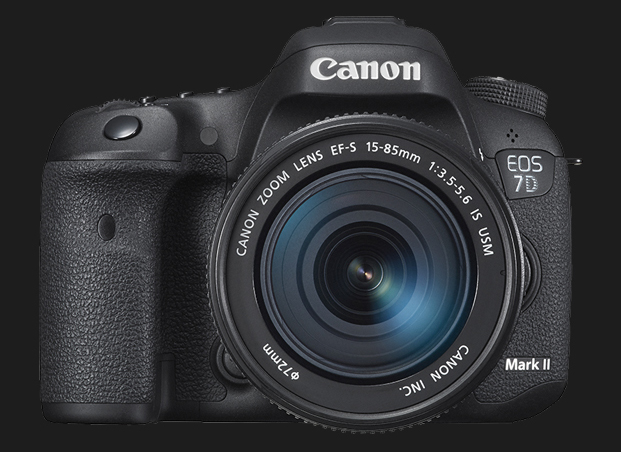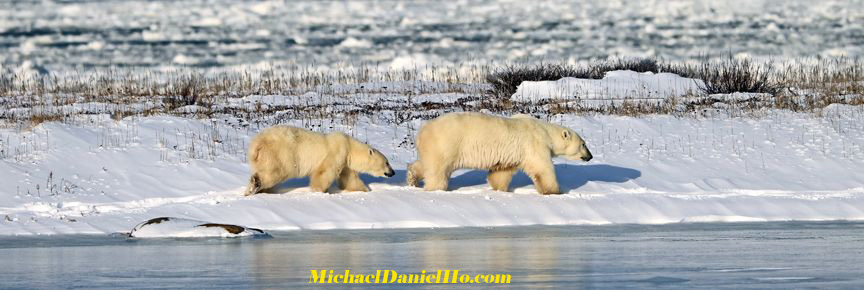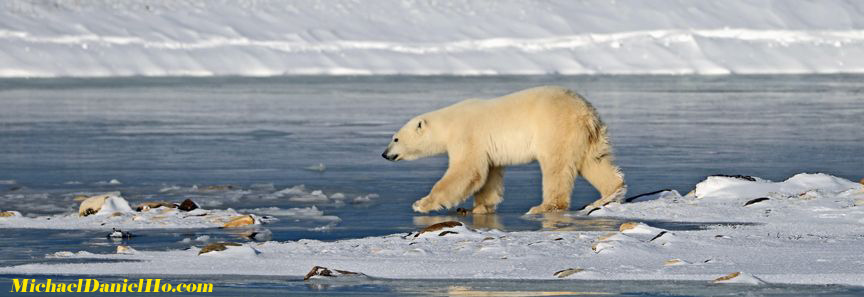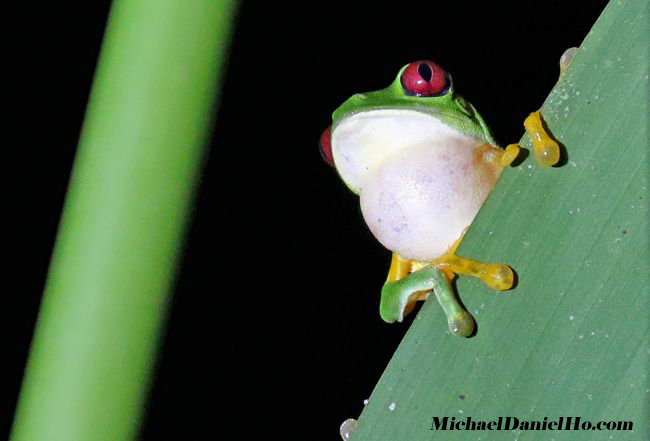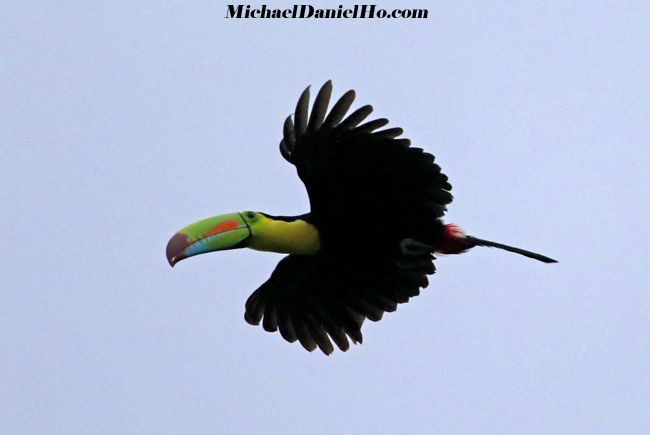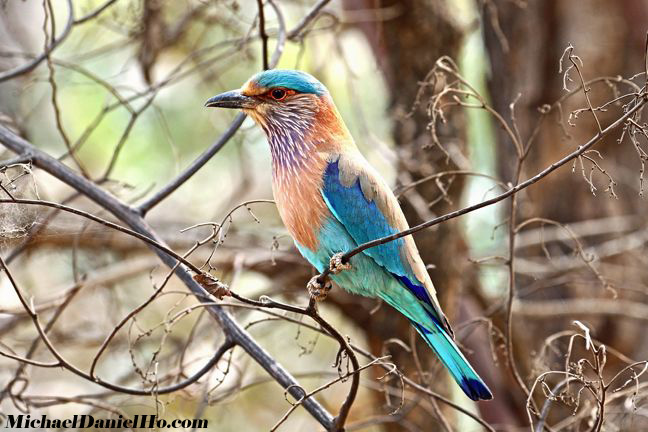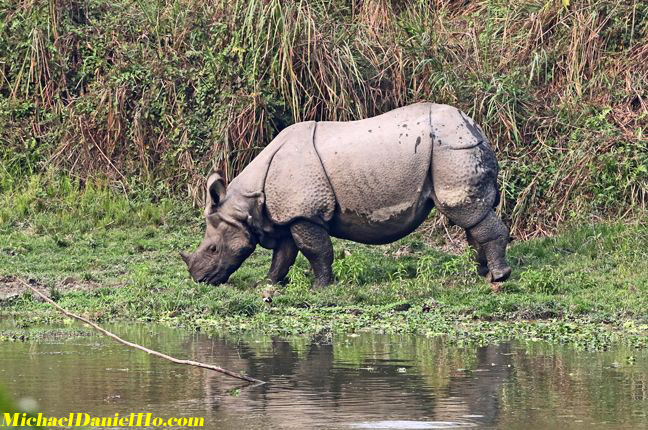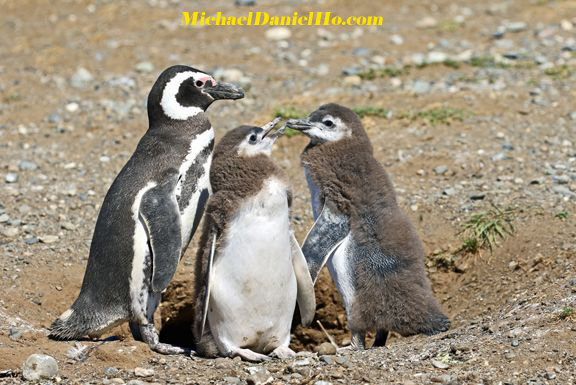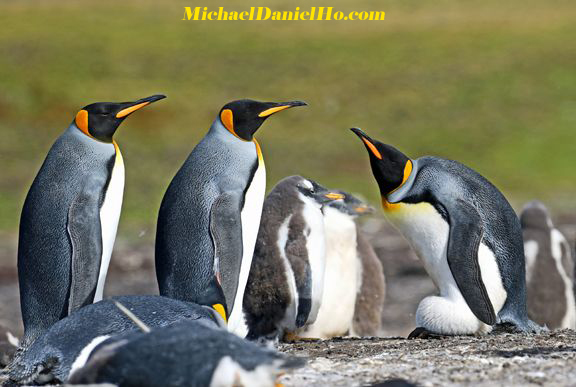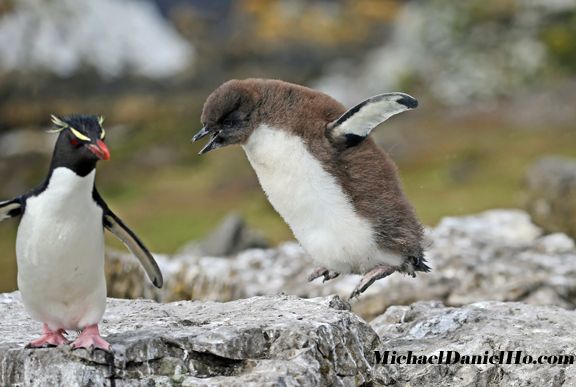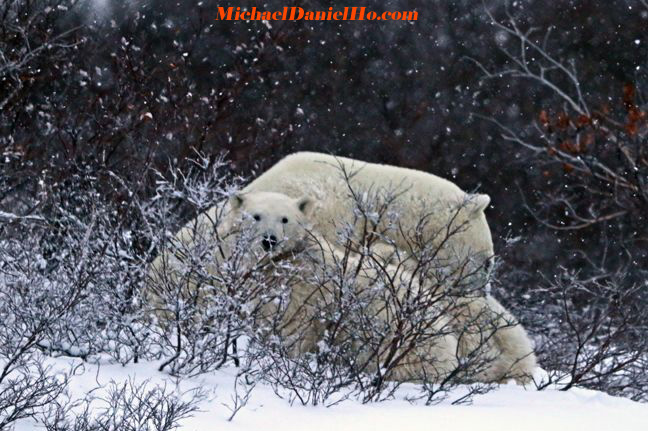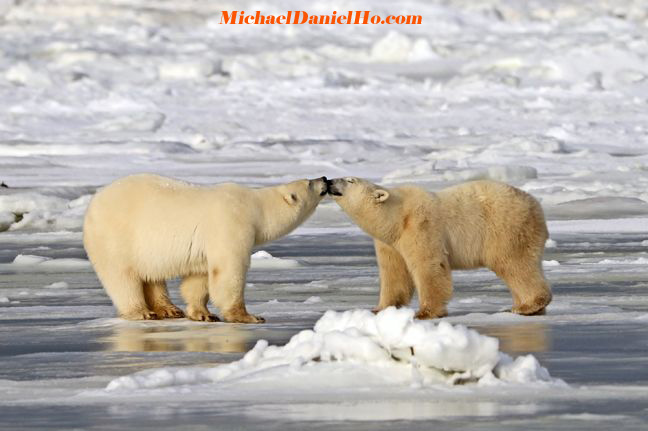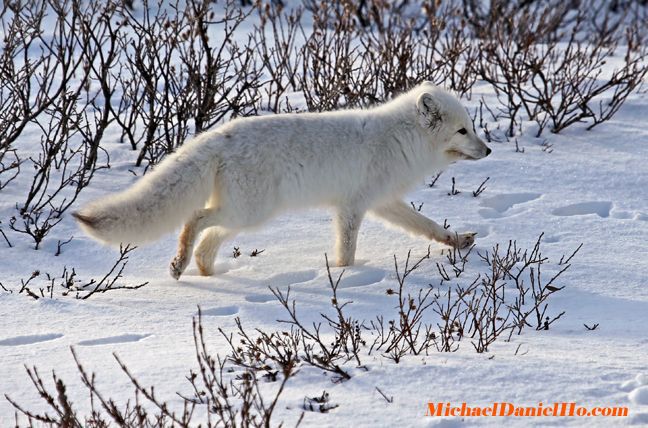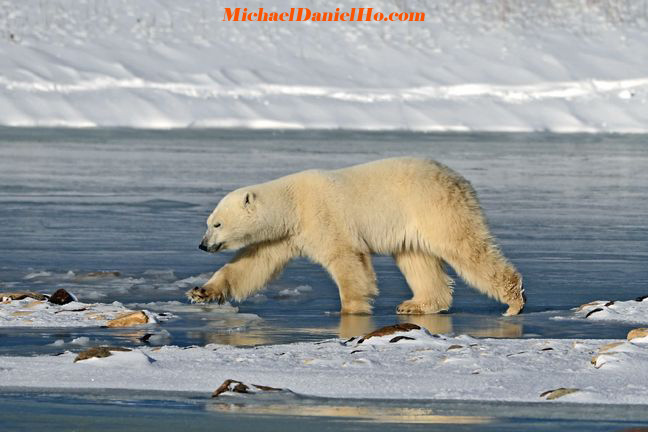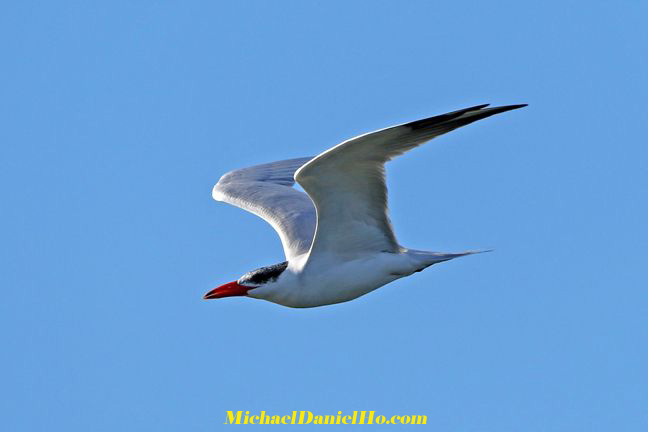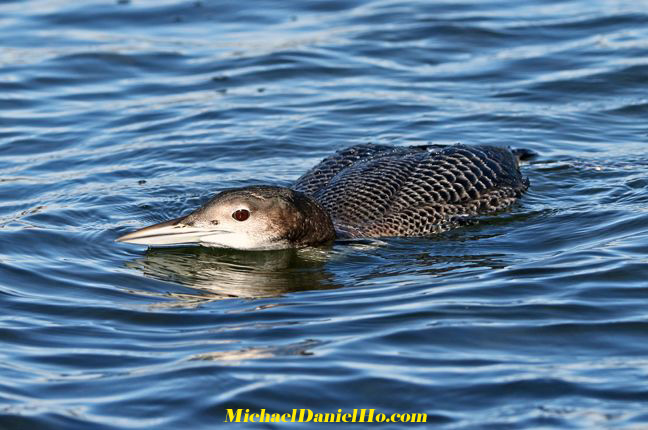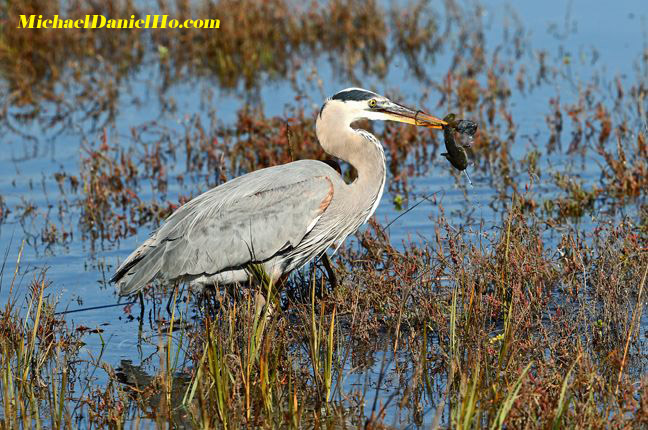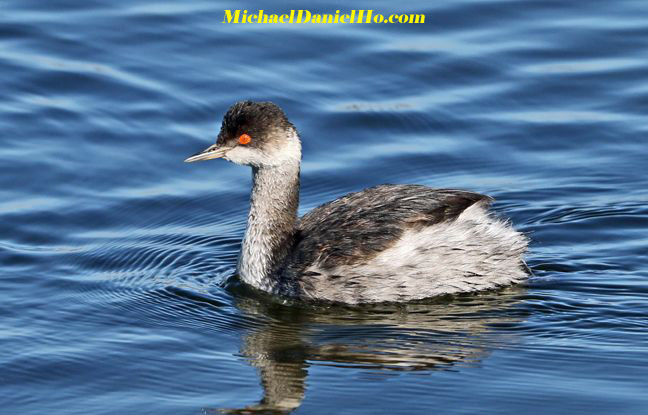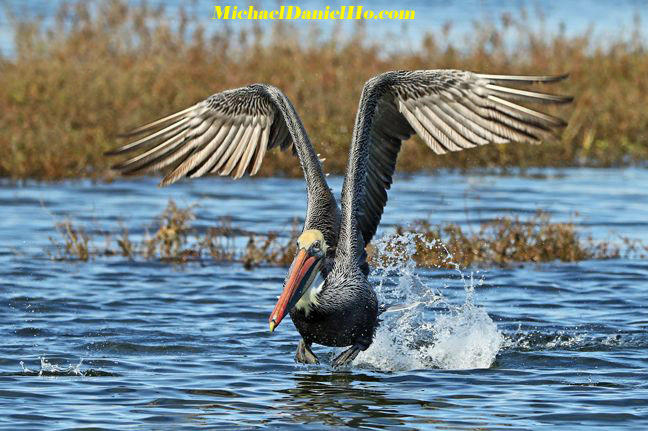In line with the previous EOS-7D, the new camera feels solid and heavy. It is just a tiny bit larger in all three dimemsions but for all purposes, it is the same size as the Mark I and weighs almost 3 pounds with the grip and dual batteries. Thanks to its magnesium alloy body and improved weather protection, it should stand up to harsh environments out in the field.
The first thing that caught my eye is the camera has an almost indentical layout as the EOS-5D Mark III, except for the addition of a
"AF area select" thumb switch around the rear joystick. By design, this switch is set to toggle through different AF area selection modes while the joystick moves the AF points around. The switch can be assigned to control other features under the "Custom Controls" menu.
Compared to the 7D, a lock has been added to the mode dial. This feature was first intorduced on the EOS-60D and prevents accidentally changing the camera's mode by bumping on the dial. It was offered on the EOS-7D for $100 as a retroactive installation. The addition of a second memory slot for SD card is welcome but I would have preferred a CF slot instead.
Two buttons at the top left of the new camera have been changed from 'Q-menu' and 'RAW/JPEG' to 'Menu' and 'Info'.
The top three buttons on the left side of the camera have been changed from 'Menu', 'Picture Style', and 'Info' to multi-function 'Picture Style', 'Rate', and 'Magnify' buttons.
The Q-menu button is now at the upper left of the thumb dial.
The AF menu settings are almost identical to the EOS-1D X and EOS-5D Mark III bodies. For those who are used to these two cameras' AF settings, you will be right at home. You can download the EOS-7D Mark II's
Instructional Manual and
AF Setting Guide Book plus watch some useful
tutorial videos provided by Canon to take a detailed look at the camera.
My first impression of the EOS-7D Mark II's AF system is very good. The viewfinder is bright and AF is fast even under low light conditions. I tried to autofocus on many different objects and the camera locked on with little fuss.
The new camera comes with 65 AF points (all cross-type on lenses with a maximun aperture of f/5.6 or faster) that covers a large portion of the frame. The center AF point is capable of high-precision, dual cross-type focusing with lens aperture of f/2.8 and faster. On top of that, the center AF point can autofocus down to f/8 and EV -3. In low light, this is 1 EV advantage over the EOS-1D X and EOS-5D Mark III.
The EOS 7D Mark II is brand new and comes with a few autofocus improvements over the EOS-1D X and EOS 5D Mark III. This includes more cross-type AF points, better low-light sensitivity, a wider coverage area, and easier AF Area selection with a new thumb switch, while looking through the viewfinder. However, the EOS-1D X and EOS 5D Mark III beat the EOS 7D Mark II with more high-precision dual cross-type and high-precision conventional cross-type AF points.
The EOS-1D X is superior to both the EOS 7D Mark II and EOS 5D Mark III in terms of AI Servo performance, lens drive speed with current EF Super Telephoto lenses, plus the ability to link spot metering to the active AF point.
The EOS-1D X and EOS 5D Mark III have 5 high-precision dual cross-type AF points while the EOS-7D Mark II has only one. Canonís dual cross-type AF points require a maximum aperture of f/2.8 or larger to function so shooting with a slower lens will not make a difference here.
The high ISO performance is also quite impressive, better than the 7D. Can it beat the Mark IV and EOS-5D Mark III as well? I have to put it through field tests under adverse conditions to know for sure. Noise at ISO 1600 and 3200 are good, ISO 6400 and 12800 are under controlled. Even ISO 25600 is acceptable on stationary objects but I will not bother to use ISO 51200, not even on the EOS-1D X, except only in an emergency. The burst rate of 10 fps is simply music to my ears. One cannot over-emphasize the difference of 2 additional fps can make. I have gotten shots with the EOS-1D Mark IV (10 fps) that I missed with the EOS-7D (8 fps). As for the image quality, the 20 MP sensor seems to be doing an excellent job so far.
The EOS-7D Mark II offers Auto ISO in all its program modes, including Manual. I am not a big fan of Auto ISO because the shutter speeds determined by the processor are usually too slow for my taste. However, now one can customize the way the settings are calculated by specifying an Auto ISO range (upper and lower limits) as well as the minimum shutter speed the camera will use before increasing the ISO in limited light situations. In addition, one can select a pre-determined minimum shutter speed, or let the camera decides the correct shutter speed, depending on the focal length of the lens.
Canon programmable Auto ISO feature allows seven settings of shutter speed the camera automatically selects from. The EOS-7D Mark II also enables exposure compensation in M mode with Auto ISO. The 'AF area select' thumb switch can be programmed to change exposure compensation in conjunction with the main dial. The only other camera in Canon's current lineup that allows exposure compensation in Manual mode with Auto ISO is the EOS-1D X.
On the annoying side, I miss my blue - and + buttons on many EOS cameras to view and magnify images during playback. In addition, the RAW/JPEG button on the 7D has been eliminated. I like this feature because there are times I do not want to capture images in RAW, especially during the highest burst mode.
I am beginning to get accustomed to the EOS-7D Mark II. As a general rule, I never read the Owner's manual that comes with any new camera. Want to see how well a piece of equipment has been designed and how intuitive it can be from the stand point of the user. This new camera shares a few common features with the EOS-1D X and EOS-5D Mark III so it should not take me long to feel comfortable with it.
Recently returned from the frozen Canadian tundra wildlife photo shoot with the EOS-7D Mark II camera and going through some of the images. The freezing temperatures (-30+ Fahrenheit) and blowing snow flurries were quite a challenge. In addition, I have also went on a few birding trips after my return. I will cut to the chase and disabuse those who are hoping this camera is a mini EOS-1D X. It is not and should not be since the price is less than 1/3 of the former. Having said that, I am impressed by the durability and weather sealant of the body. The 10 fps was a joy, the 65 AF point system and new LP-E6N battery worked well, even under very adverse temperature and lighting conditions.
Two features I am most interested to document is how good is the high ISO performance and AF @ f/8. This is a bit difficult to make a definitive judgement right now. I used the EF 200-400mm f/4L USM Extender 1.4x lens. The high ISO performance is very good under normal conditions (so was the EOS-7D, up to about 1600) but under dark, gray skies with blowing snow and almost white out conditions, the close and far away images showed quite a bit of noise and softness using just ISO 1600, almost identical to the EOS-1D Mark IV. When I added an additional 1.4x Series III extender to the EF 200-400mm lens with the built-in extender engaged under the same conditions, the EOS-7D Mark II showed difficulty in focusing at f/8. It was slow and basically worthless so I removed the extra extender. Granted this is very adverse conditions but the Mark IV did better on the f/8 AF and the EOS-1D X was better still.
After quite a few tries with different lenses (EF 200-400mm f/4, EF 300mm f/4, EF 400mm f/4 DO IS II, EF 500mm f/4 II plus the 2.0x Series III extender) on sunny days, I was able to autofocus @ f/8 with the EOS-7D Mark II. At times, the AF system hesitated a bit before locking on. By comparison, the EOS-1D X and Mark IV achieved AF lock immediately. I still need to test the f/8 under many lighting conditions again to be confident I can rely on the camera's capability. At the present time, I will not use AF @ f/8 on photo shoots for fear of missing crucial shots.
On clear days, the EOS-7D Mark II AF system is hard to beat, with or without 1.4x extender and images were just stunning. I will need additional shoots with the camera to make a final judgement but the high ISO performance under adverse lighting conditions and AF @ f/8 are a slight disappointment so far. However, the camera is a major improvement over the EOS-7D and a good value. Perhaps Canon can improve on the ISO and AF @ f/8 issue in the next firmware upgrade. By the way, if you want to see how well built the EOS-7D camera can be, take a look
here.
In the meantime, you can see more
Polar bear images and
other wildlife photos
taken from my previous photo shoots on my website.
I am not into shooting videos so I will have no opinion on that part of the camera but judging from the videos I have seen from others, it seems very good indeed, especially with the
Dual Pixel CMOS technology and STM lens.
I have returned from wildlife photo shoots in the Southern Ocean and India. The weather was windy and damp in the tip of South America but hot and dusty in India most of the time. EOS-7D Mark II camera with the BG-E16 grip performed quite well. The new LP-E6N batteries easily lasted a whole day of shooting and the weather sealant kept the dirt and moisture to a minimum.
My
photo shoot in Central America
is now history. The camera worked well most of the time but in certain situations where the light and contrast are especially challenging (like under a rain forest canopy), the EOS-7D Mark II's AF system hesitates a bit. Canon has
released a new firmware (Version 1.0.4) on May 12, 2015, ostensibly to address some AF situations. I find the new software to have improved the AF @ f/8 difficulties I had mentioned earlier in my review. It did not entirely solve the problem. The EOS-1D Mark IV and EOS-1D X still have superior, all round AF lock on capabilities. Perhaps it is not fair to expect the EOS-7D Mark II to focus like the latest EOS-1D bodies.
Click on the following links to follow my latest trip.
Visit my
website
to see the latest images.
Follow me on
Facebook ,
Twitter ,
Flickr
and my
Blog to keep up with my travels and photo shoots with the EOS-1D X, EOS-7D Mark II,
EF 200-400mm f/4L IS USM Extender 1.4x
, EF 400mm f/4 DO IS II, EF 100-400mm f/4.5-5.6L IS II lenses and join me on my
photo trips.

